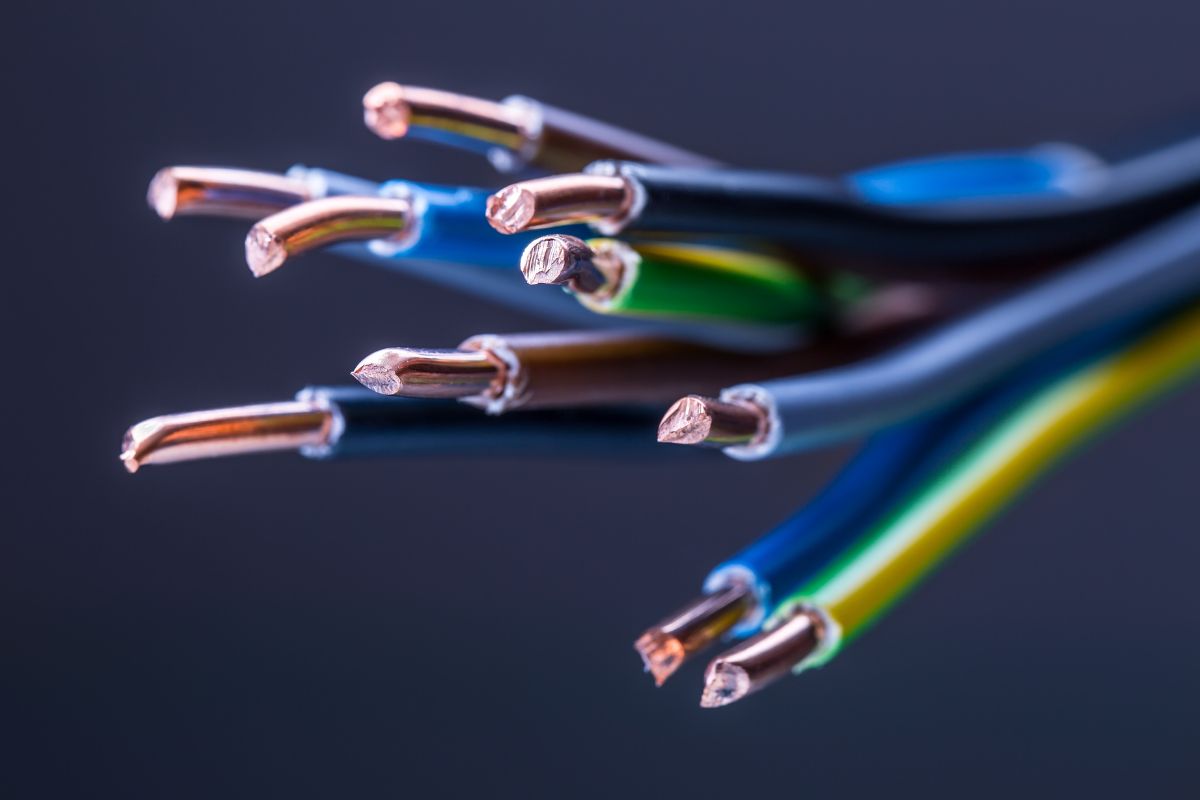Every piece of jewellery needs to be carefully taken care of, worn frequently or only on special occasions. After years of wear, or even a longer period of daily wear, you might not even notice that your jewellery has lost its shine. Dirt, debris, and daily grime build up over time, making jewellery look dull and sometimes even causing a subtle colour change. You don’t have to have a professional clean everything since there are techniques that you can use on your own and have great results. This shortlist will introduce you to DIY jewellery cleaning.
Microfiber cloth is a must
A simple polishing cloth is your best friend when it comes to most types of jewellery. The sweat, body creams, lotions, makeup, and perfume residue are normally produced on the skin daily, and hence the soft cloth is advised to be used to remove it.
If not, this mostly oily residue will build up and make your jewellery dirty or even do damage to its colour. Depending on the build-up and the impact of it on the jewellery, you might need a more radical measure. Microfiber or polishing cloth needs to be used with care, though, as jewellery is still made from metal which can penetrate through and cause a painful blister.
Mild soap method
The second safest method where you can clean even the tiny nook and cranny is to submerge the precious trinkets in water that has a drop of mild soap. Additionally, by gently scrubbing them with a toothbrush that has soft bristles. It is better to use mild dish soap instead of body soap, as the dish soap more often than not doesn’t contain mentioned oils that can affect the jewellery.
Add a few droplets in about two glasses of warm water, and submerge your chains and earrings for 5-10 minutes. Afterwards, scrub them gently with a soft cloth and leave them to dry at room temperature. However, if your jewellery consists of gemstones, be careful with submerging as not every gemstone can be submerged.
Try ultrasonic cleaner
The intricate design might make it hard to completely clean from grime, for which you should consider getting an ultrasonic jewellery cleaner. It can get to the places where no other can go and dislodge the dirt and grime completely by using ultrasound waves. These inaudible waves are generated by the machine, creating movement and consequently bubbles in the water. By moving with the wave, bubbles separate dirt from harder material, in this case, metal or gemstone.
It is crucial to know that this machine has limits. It won’t help when the metal is tarnished as the chemical reaction that causes colour change requires professional attention. But it can cause harm to the textile, glue, and loosely attached gemstones. Follow the instructions, and you will have your beautiful pieces in top condition.
Careful with gems and pearls
Some of the prettiest designs are created by incorporating precious stones into the metal to get the unique piece no one can replicate. However, when cleaning, you can easily dislodge or even damage the gemstones. Gemstones like opal, lapis lazuli, turquoise, and others can’t even go underwater as they could damage them irreparably. Depending on your activities, it might be best to choose a crystal that can be a part of your lifestyle – sturdy like ruby and diamond or soft like opal. To check gemstones’ hardness and wearability, you can be certain and make a good choice if you check the Mohs scale.
The other material that is also really sensitive is pearls. They are also considered gemstones, but their sensitivity is on completely another level. Pearls are sensitive to sun damage, chemical damage, chlorine, and water damage, as well as the skin itself if the person sweats a lot. They are quite porous and because of that nature, susceptible to breakage. After each wear, wipe them carefully and store them in a separate bag.
Home supplies that work
Even though messing with the ingredients available at home can be quite dangerous, some can work properly if used correctly. For starters, adding baking soda in a mild soap solution can help with sturdier grime. But if you brush too vigorously, you could damage the piece. Baking soda is alkaline, so it won’t do major damage on a chemical level. You can use them for most metals. The brass glow is proven to be achieved with ketchup, as the secret in the polishing process.
In the end, you don’t need to overcomplicate it. You can simply use antibacterial wipes. The gentle formula will disinfect, as well as remove most of the oily residue and dust from any jewellery.
Usage and storage
The most important when wearing jewellery is to take proper care of it. Don’t bathe with it, don’t swim with it, especially if you have sensitive pieces. Have the designated cloth that you will use after each wear to clear the piece and have the designated storage. Avoid mixing your jewellery. If carrying a piece with gemstones, get informed about the sturdiness of the type of gemstone that you wear. Lastly, choose your pieces according to your lifestyle. Do not be afraid to invest in these – diamonds are a girl’s best friend.
















